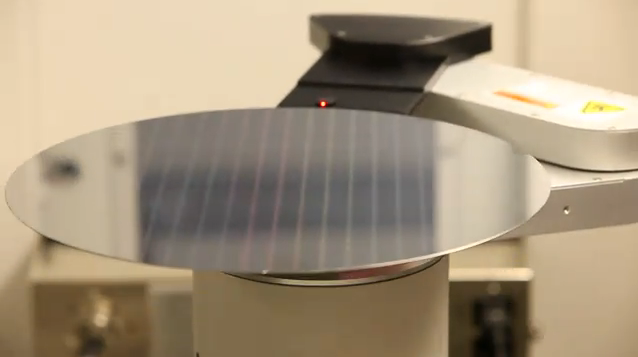How Sd Cards Are Made
The first flash memory products under the Lexar brand following its acquisition and revival are here, and what better way to kick things off than by setting a massive SD storage milestone? That’s right, you can now buy what appears to be the first legitimate, commercially available 1-terabyte SD card.
SanDisk showed off a 1TB SD prototype a couple of years ago, but the final product never made it to market. Lexar’s Professional 633x line of SDHC and SDXC UHS-I cards, however, is now listed for sale in capacities from 16GB all the way up to the flagship 1TB. That card claims read speeds of up to 95MB/s and write speeds of 70MB/s, though it’s only rated as V30/U3, which guarantees sustained write performance of 30MB/s.
As ever, there’s a price premium associated with this breakthrough in capacity; you’ll pay more for a single 1TB card than you would for two 512GB cards. Lexar has set the price at $499.99 for this model, although B&H has it available to order at $399.99 — that’s still quite a hike considering the same retailer has various 512GB cards for under $150. But if you’re a videographer or content creator looking to make your life easier when handling a lot of 4K footage, the extra convenience may be worth it.
Items you will need
Windows XP installation disc or disc image
Active Internet connection
SD card (minimum size 1 gigabyte)
SD-to-USB adapter
The Secure Digital eXtended Capacity (SDXC) format, announced in January 2009 and defined in version 3.01 of the SD specification, supports cards up to 2 TB (2048 GB), compared to a limit of 32 GB for SDHC cards in the SD 2.0 specification.
Creating a bootable SD card is one way to safeguard against potential catastrophic system failure. Once a computer is unable to boot, most users will simply give up on it, and determine it to be too far damaged for them to repair. In actuality, with a bootable SD card, or USB flash drive, you can restore your system to working order, or begin a fresh install of a new operating system to return your ailing computer to working order. Creating a bootable SD card takes a bit of work, and may require multiple attempts, but it is a valuable skill to learn.
Navigate to the download links located in the Resources section, and download the files to your local hard drive. Download all three files: 'USB Prep8,' 'Bootsect' and 'PEToUSB.'
Extract the contents of the 'bootsect' archive to a new directory, do the same for the other two archives. Once you have extracted all three archives, navigate to the 'PEToUSB' directory, and drag the PEToUSB executable to the USB Prep8 directory.

Double-click 'USB_PREP8.CMD' in the USB Prep8 directory to open a new command line. Read over the instruction text and press any key to continue. You should be taken automatically to the PEtoUSB window.
Insert the SD card into the adapter and insert the adapter into a USB slot on your PC. Press 'Start' at the bottom of the 'PEToUSB' window to begin formatting your card to be properly bootable.
Click on the Start menu and open the 'Search' bar. Enter the text 'cmd' and press 'Enter.' This will open a new command line. Type 'CD directoryname' where directoryname refers to the folder to which you extracted 'bootsect.'
Type 'bootsect.exe /nt52 X:' where 'X' is the letter associated with your SD card. Press 'Enter' to begin adding code to the SD card. When the process has completed the command window will notify you that 'bootcode was successfully updated on all targeted volumes.'
Open the original command window from the USBPrep_8 directory. If the command line does not appear to be available, close the PEToUSB executable window to re-open it.
2 Gb Sd Cards For Digital Cameras

What Does An Sd Card Do
Press '1' and press 'Enter' to browse for the location of your Windows installation files. Select either the .ISO image of your windows installation CD, or select the CD drive containing the physical installation disc. Press '3' followed by 'Enter' to select the SD card drive letter associated with your SD card. Press '4' followed by 'Enter' to start copying installation files to the SD card.
Select 'Yes' for all dialog options that appear; this will ensure that all necessary files are moved to the proper location. When the command window closes, the process is complete. You can safely eject your SD card. You may now use this card as a bootable SD card.
Video of the Day

- computer image by Angie Lingnau from Fotolia.com